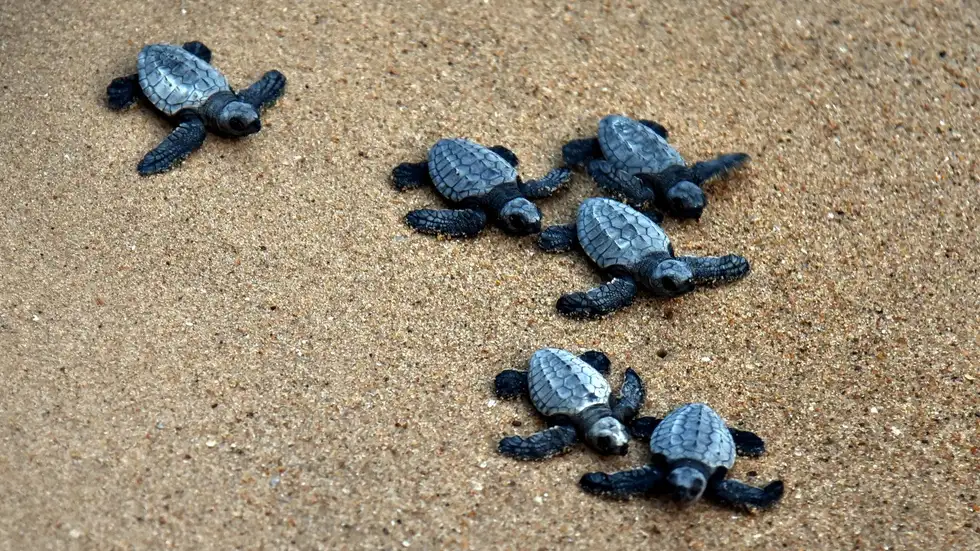Hundreds of Olive Ridley turtles were seen returning to the sandy shores of Odisha’s Rushikulya Rookery earlier today, signalling the start of their mass nesting season. Situated on Rushikulya Beach in the Ganjam district, this Rookery is one of India’s largest mass nesting sites for these sea turtles.
According to reports, the counting of the turtles that have reached the 6-km-long seashore is still on. But the mere sight of these creatures is sure to bring joy to conservationists and nature lovers alike.
Odisha welcomes its annual guests. The mass nesting of Olive Ridley turtle has begun at Rushikulya rookery….
It’s happening at day time again, after a gap of two years. Swagatam🙏 pic.twitter.com/GXzzbQ0Pds— Susanta Nanda (@susantananda3) February 24, 2023
In a curious twist, these Olive Ridleys have chosen to nest on the beach in broad daylight, breaking away from their usual nocturnal routine.
Once on the beach, the female turtles use their flippers to dig a pit in the sand, lay around 100 eggs inside it, and cover the eggs with sand before returning to the ocean. After around 45-50 days, the eggs will hatch and the baby turtles will emerge from the sand to begin their journey towards the sea.
This curious nesting behaviour is an important part of Olive Ridley turtles’ life cycle. However, it is also under threat due to habitat loss, pollution and other human activities and interference.
Conservation efforts, such as protecting nesting sites and reducing fishing practices that accidentally trap and kill sea turtles, are crucial for ensuring the survival of this species.
Only by ensuring the safety of these gentle beings can we continue to marvel at their mass nesting habits and the awe-inspiring cycle of life that unfolds on the Indian shores.
